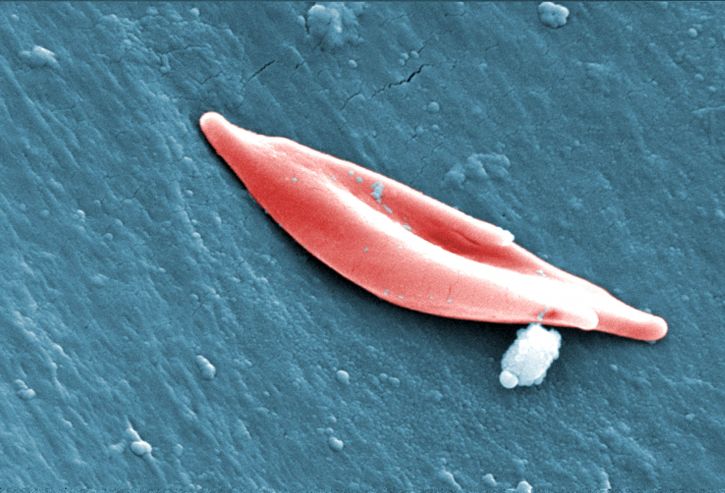Earlier this week, the US Food and Drug Administration (FDA) granted approval to Vertex Pharmaceuticals for its triple-threat cystic fibrosis drug, sparking new hope for thousands of patients affected by this devastating disease.
The drug, dubbed Trikafta, comprises elexacaftor, tezacaftor and ivacaftor, and is prescribed for patients aged 12 and over who carry the most common cystic fibrosis mutation, F508del. This mutation affects the cystic fibrosis transmembrane conductance receptor (CFTR) gene, which encodes for a protein channel that allows for the passage of chloride ions. Patients with cystic fibrosis have abnormal CFTR proteins, resulting in the buildup of mucus in the lungs and digestive tract.
Some mutations in the CFTR gene make patients ineligible for existing therapies. But the approval of Trikafta means almost all patients with an F508del mutation in the CFTR gene have a new treatment option.
“After a 20-year journey together, we have received FDA approval of Trikafta: a single breakthrough medicine with the potential to treat up to 90 percent of all people with cystic fibrosis in the future,” said Dr. Jeffrey Leiden, Vertex’s chairman, president and chief executive officer, in a statement. “For approximately 6,000 people with cystic fibrosis in the US, Trikafta is the first medicine that can treat the underlying cause of their disease.”
The approval was granted based on positive results from two pivotal Phase III trials evaluating the drug in 510 patients with homozygous F508del mutations or one F508del mutation and one minimal function mutation (F508del/Min). Sound efficacy and safety data plus the impact this drug would have on the cystic fibrosis community drove the FDA to approve Trikafta in just three months, five months ahead of schedule.
From the beginning, Trikafta was set up for accelerated approval, garnering priority review, fast-track designation, breakthrough therapy designation and orphan drug designation.
“The incredible speed of this approval underscores our shared sense of urgency with the FDA and the cystic fibrosis community for bringing this medicine to eligible people with cystic fibrosis, particularly those without a medicine targeting the underlying cause of their disease,” said Dr. Reshma Kewalramani, chief medical officer at Vertex.
But, as Evaluate points out, Trikafta’s rapid regulatory approval does not make up for its high price. The triple-drug therapy costs $311,000 per year per patient, a 14 percent markup from the drug giant’s other cystic fibrosis offering, Orkambi (lumacaftor/ivacaftor). Critics had previously slammed Vertex for its pricing decisions: according to research paper by a University of Calgary economics professor, the prices of Orkambi and another Vertex drug, Kalydeco (ivacaftor), are “far higher than is needed to recover the costs of development.” Anticipated future profits were estimated to be $21 billion.
Vertex has essentially controlled the cystic fibrosis drug market since its first therapeutic, Kalydeco, debuted in 2012. Today, Vertex takes the top spot at 46 percent share of the cystic fibrosis drug market; this is not expected to change with the approval of Trikafta plus three other drug candidates in development.
Following this unprecedented approval, Vertex hopes to keep the momentum going with a marketing authorization application submitted to the European Medicines Agency, as well as ongoing studies of Trikafta in patients under the age of 12.












Join or login to leave a comment
JOIN LOGIN